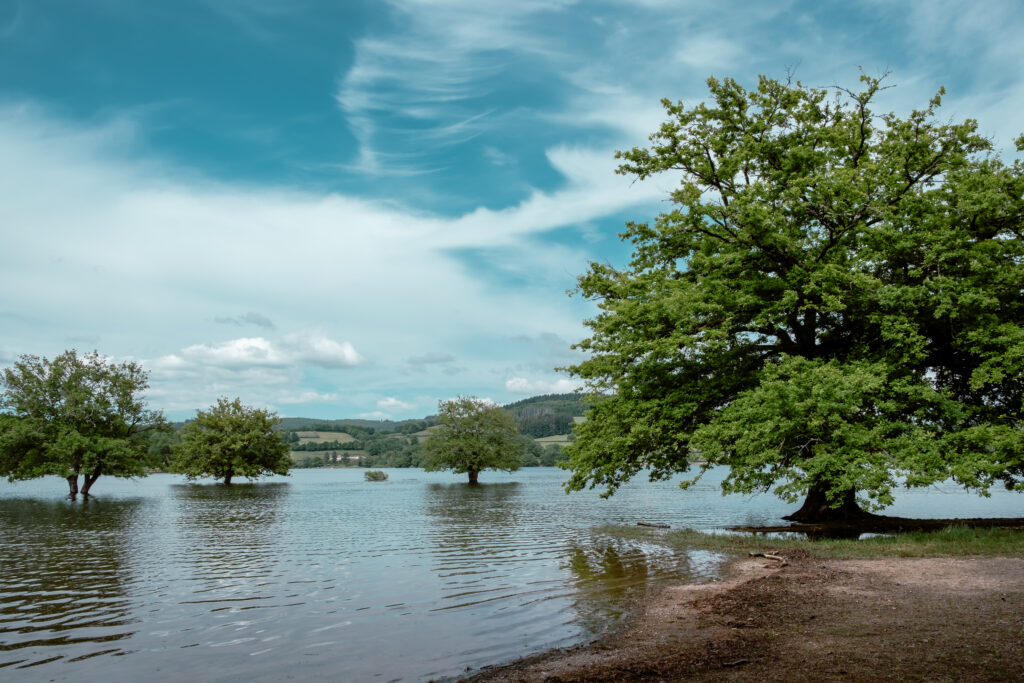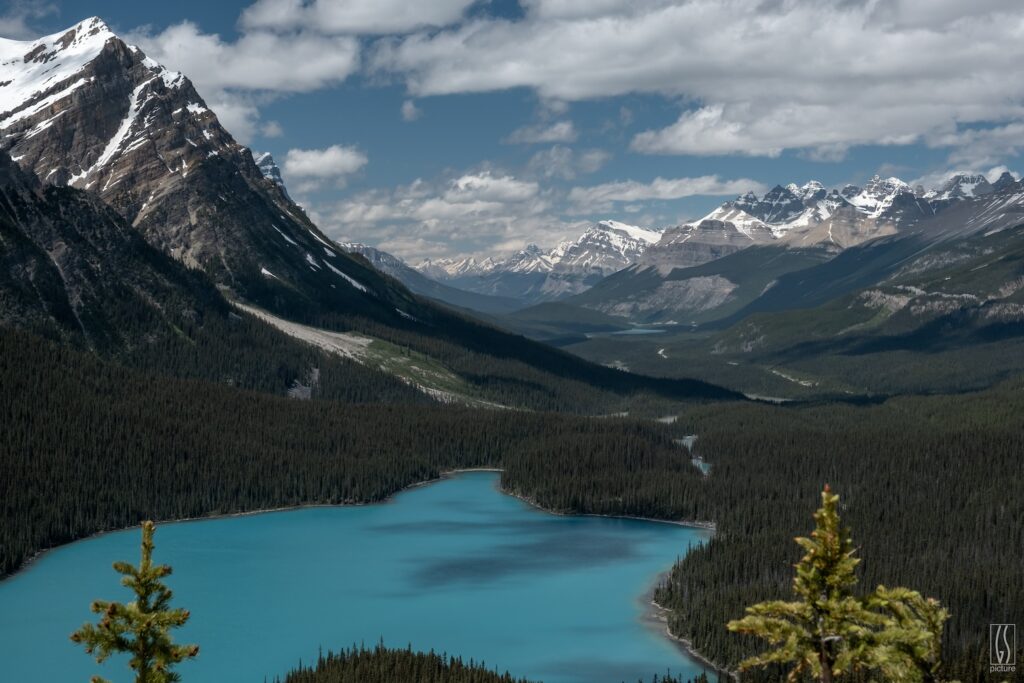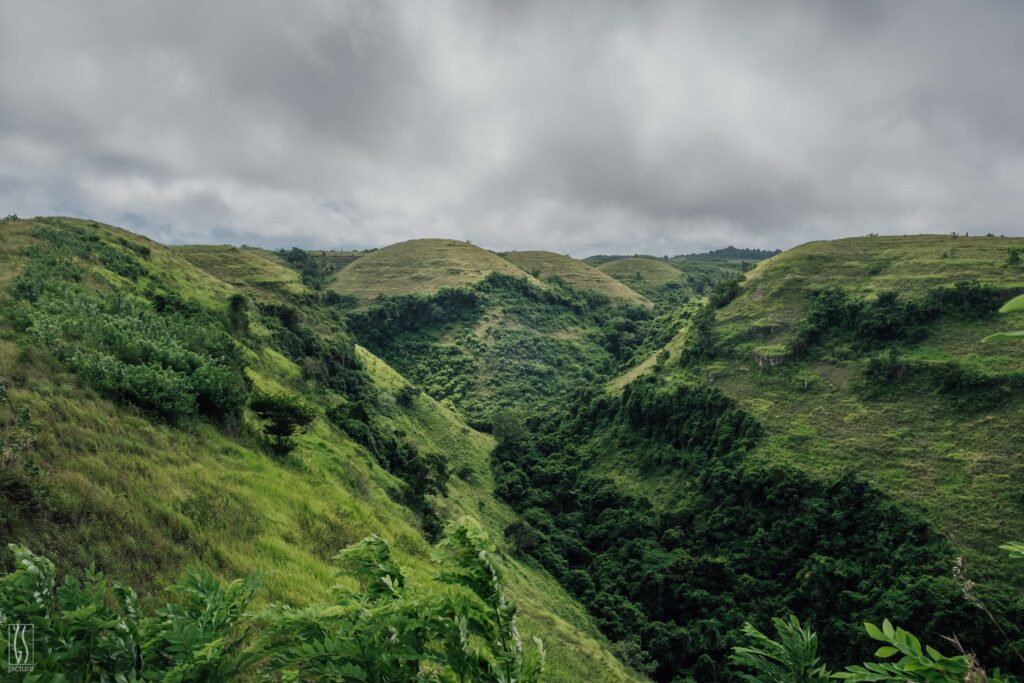Photography and sustainable development might seem like completely separate worlds, right? On the one hand, we have the beautiful images that capture precious moments and breathtaking landscapes. On the other, there’s the quest to save our planet from the dangers of pollution, climate change and resource depletion. But in fact, these two worlds are much more connected than you might think, in a conflicted but passionate relationship. Let’s dive into this fascinating relationship together!

1. Photography: A great tool for raising awareness
The power of images
Imagine a photo of a lush forest, full of life, and right next to it a photo of that same forest devastated by deforestation. Makes you think, doesn’t it? Images have this incredible power to touch our hearts and make us react. They can sum up complex issues in a single glance. For example, photos of beaches invaded by plastic waste or of melting glaciers are visual cries of alarm, reminding us of the urgent need to act.
Images can also immortalize the beauty of our planet, reminding us of what we stand to lose. A photo of a sunset over an African savannah, a majestic waterfall or a coral reef vibrant with life shows us what we need to protect. They have the power to reconnect us with nature, to rekindle our sense of wonder and our desire for preservation.

Projects that make a difference
Photographers like Sebastião Salgado have become iconic figures, using their art to raise awareness of our planet’s fragile beauty. His “Genesis” project is a vibrant tribute to unspoiled nature and a call to protect these treasures. Exhibitions and photo projects dedicated to the environment are springing up everywhere, drawing attention to subjects that are often ignored.
Initiatives such as the “Wildlife Photographer of the Year” competition highlight the wonders of flora and fauna, but also the threats they face. These competitions inspire photographers the world over to use their talent to defend the ecological cause.
2. The paradoxes of sustainable photography
An environmental impact that’s not always rosy (or greeny)
Yes, although photography can be a great tool for the ecological cause, it is not without consequences for the environment. The manufacture of cameras, lenses and other gadgets requires natural resources and polluting industrial processes. The rare metals, plastics and chemicals used in the production of photographic equipment have a high environmental cost.
What’s more, photographers often travel to the four corners of the world, generating tons of CO2. A plane trip to capture a spectacular image of an Antarctic glacier or an Amazonian tribe can have a significant carbon footprint. Such travel, while often necessary to obtain unique shots, poses an ethical dilemma for environmentally conscious photographers.
Digital storage, not so green
With the digital boom, our photos often end up in the cloud. But hosting billions of photos requires data centers, which consume enormous amounts of energy. These data centers, even those powered by renewable energies, contribute to growing energy consumption. What’s more, servers must be constantly cooled, adding another layer to their environmental impact.
Add to this the infernal cycle of technological obsolescence – we always want the latest model of device – and you get a mountain of electronic waste. Old devices often end up in landfills, where their toxic components can contaminate soil and water.
And above all, travel! (I repeat)
And yes, because the shots you want, the ones that can make an impact, aren’t always just down the road. You have to be able to move around, and that has an impact, and certainly the one with the highest contribution from a photographer.
3. Towards greener photography
Eco-responsible practices
So, what can you do to be an eco-responsible photographer? First of all, choose quality, long-lasting equipment, buy second-hand or have it repaired rather than thrown away. It may seem obvious, but taking care of your equipment and extending its lifespan can make a big difference.
When it comes to travel, opt for less polluting forms of transport and plan your trips so as to minimize your carbon footprint. For example, travel by train rather than plane whenever possible, or group several projects in the same region to reduce the number of trips.
Photographers can also adopt more sustainable working practices, such as using rechargeable batteries, reducing paper printing and choosing environmentally-friendly photo labs for developing and printing their work.
Innovation et solutions
Technological advances can also help. We are seeing the emergence of equipment made from less polluting materials and initiatives to offset CO2 emissions linked to photographic activities. For example, some photographic equipment companies are investing in reforestation or natural habitat protection programs.
Photographers can also get involved in carbon offset projects, calculating their footprint and funding initiatives to balance their emissions. Every little bit counts, and together we can make a big difference.
And a tool to quantify?
We can’t improve what we don’t measure…
Personally, I’m unable to give you a figure for the impact of my photography. It’s not that I don’t have some knowledge on the subject, but I simply don’t have the simple, effective and ergonomic tool at hand to do this. We’re approaching the day when everyone needs to better understand, diagnose and visualize in order to make their choices. I’m not one of those who advocate degrowth, but rather the growth of our knowledge, our free will and the mastery and understanding of our decisions.
When I say I can’t estimate, that’s not quite right. I have an order of magnitude in mind and my impact is already far too high. It’s very variable, depending on the year and the trip, because for me it’s the predominant item by far. In fact, I’m quite a minimalist when it comes to equipment, which I renew very little.

Conclusion
Photography and sustainable development form a complex but powerful duo. Images have the unique power to raise awareness and inspire action. However, for photography to continue to play this crucial role while respecting our planet, it is essential to adopt more sustainable practices. By paying attention to our choices and innovating, photographers can become key players in protecting our environment.
So, the next time you pick up your camera, think about the impact of each shot, not only to immortalize the beauty of the world, but also to preserve it. Because at its heart, every photo is a window onto our planet, and it’s our responsibility to make sure it stays as beautiful as it is.
